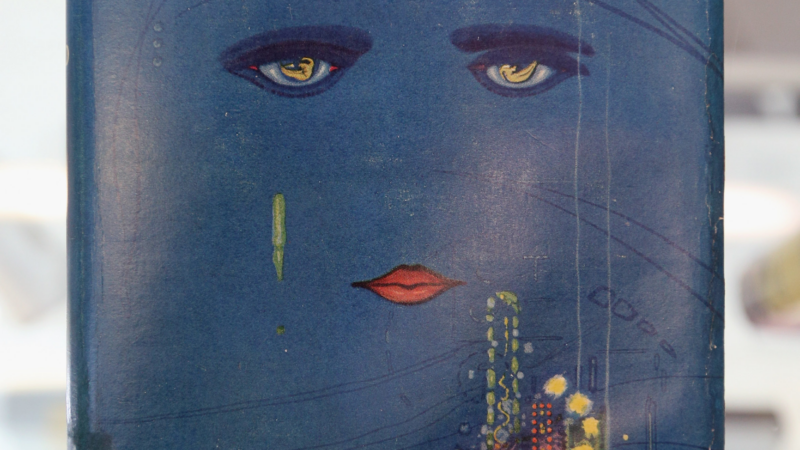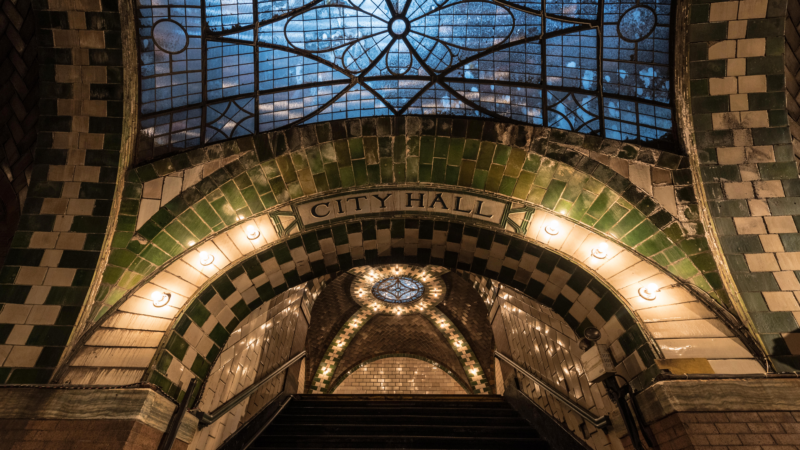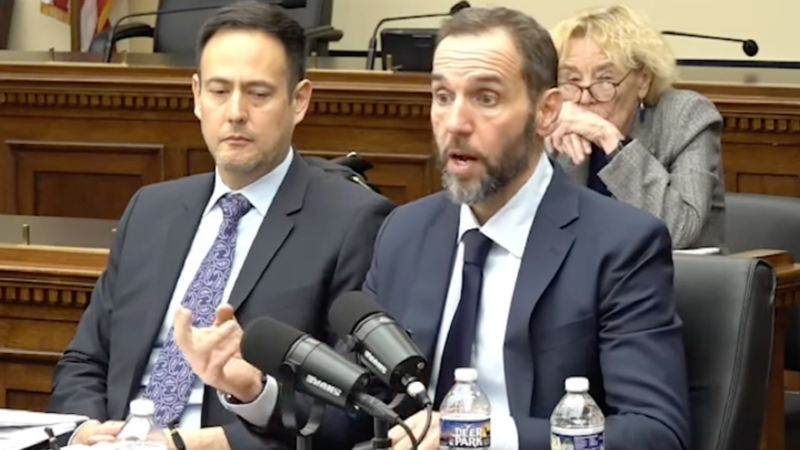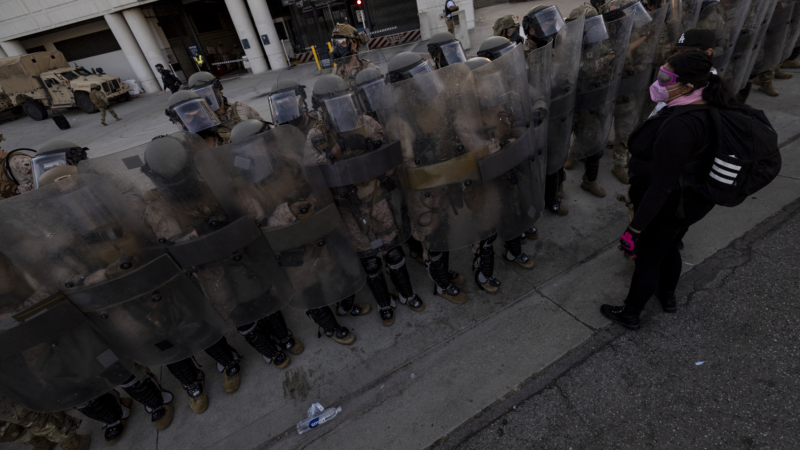100 years later, ‘The Great Gatsby’ still speaks to the troubled dream of America
The Great Gatsby — 100 years old? How can that be? To borrow the words F. Scott Fitzgerald used to describe New York City in the 1920s, The Great Gatsby possesses “all the iridescence of the beginning of the world.”
The novel’s main characters are young in a restless America reveling in the excess of the new Modern Age — an age whose anxieties have resurfaced with fresh intensity in our own moment.
Great works of art are great, in part, because they continue to have something to say to the present: They’re both timebound and timeless. And, boy, does Gatsby have something to say to us in 2025.
Recall that the novel takes place in the summer of 1922 on Long Island and in New York City — a city that was then the center for contemporary debates about the threat of foreign influences, so-called racial “pollution,” and the ascendance of the liberated “new woman,” embodied in the novel by the professional golfer, Jordan Baker.
Post-WWI New York had been transformed by the colossal second wave of immigrants, mostly from eastern and southern Europe, that had begun pouring into the city in the late 1880s. By 1920, only 1 million of the city’s 6 million residents were white, native-born Protestants.
There was also a massive internal migration going on back then: Black Americans were relocating from Southern rural areas to cities like Chicago, Detroit and New York. No wonder, then, that Tom Buchanan — that boorish, bullying embodiment of white, male, Old-Money privilege — introduces himself in Chapter One of the novel by spouting ideas from a popular book on eugenics that he’s been reading:
“Civilization’s going to pieces. …” [insists Tom]
“[I]f we don’t look out the white race will be — will be utterly submerged. It’s all scientific stuff; it’s been proved.”
In addition to ruminating about how far the promise of America could or should be extended to include immigrants, women and people of color, The Great Gatsby is also freshly topical because it’s our Great American Novel about class. All the other major contenders — and I’m thinking of books like Huckleberry Finn, Moby Dick, Beloved — foreground the issue of race.
The compressed geography of Long Island and New York — made mythic in the novel — allowed Fitzgerald to speed his characters through high-class East Egg to wannabee West Egg and past the working-class Valley of Ashes to explore the limits of the American Dream of social mobility.
Fitzgerald himself said his novel was about “aspiration.” But aspiration doesn’t guarantee success. Remember that Jay Gatsby, the character who strives, who stretches out his arms to that green light and all it represents, is dead at the beginning of this retrospective story.
No surprise, then, that The Great Gatsby has been and continues to be on lists of books challenged and pulled from school libraries as our frenzy of book banning rages on. Blame all that drinking, extramarital sex and a lurking doubt about the meritocratic promise of America.
But the banners aren’t reading the novel carefully enough. For, even as The Great Gatsby tells us the American Dream may be a mirage, it does so in some of the most beautiful language anyone has ever written about America, particularly the last seven or so pages of the novel where Nick Carraway talks about “man’s” search for “something commensurate to his capacity for wonder.” As a wise former student of mine once said about The Great Gatsby, “It’s the Sistine Chapel of literature in 185 pages.”
Fitzgerald would be stunned to know that celebrations of Gatsby’s centennial are taking place around the world this year. The novel was largely forgotten at the time of his death in Hollywood in 1940 at the age of 44. Back then, unsold copies of the first edition of Gatsby were still gathering dust in Scribner’s warehouse.
Fitzgerald would also be stunned to know that The Great Gatsby has been one of the most read novels in American high schools; indeed, it may be one of the few things that unites us. At the risk of sounding like a killjoy, I wish everyone would ditch those Roaring Twenties parties and, instead, celebrate Gatsby’s 100th by reading or rereading this matchless novel about the troubled dream of America.
Zohran Mamdani sworn in as New York City mayor, capping historic rise
Mayor Zohran Mamdani took the oath of office in New York City after midnight Thursday. The city's first Muslim mayor, a member of the Democratic Socialists of America, has promised to focus on affordability and fairness.
Rising from the ashes, a symbol of hope at the Rose Parade
Survivors of the Eaton and Palisades Fires find healing and community working on a Rose Parade float to honor the lives and communities lost in last year's wildfires.
The history behind the NYC subway station chosen for Mamdani’s swearing-in
The city shut down the station in 1945 on New Year's Eve. Eighty years later, it's a symbolic venue choice for the incoming mayor's private swearing-in ceremony.
U.S. military strikes 5 more alleged drug boats, killing 8
The U.S. military says it struck five alleged drug-smuggling boats over two days. The attacks killed eight people, while others jumped overboard and may have survived. U.S. Southern Command did not reveal where the attacks occurred.
Capitol riot ‘does not happen’ without Trump, Jack Smith told Congress
Former special counsel Jack Smith also described President Trump as the "most culpable and most responsible person" in the criminal conspiracy to overturn the 2020 election results, according to a transcript of Smith's closed-door interview with the House Judiciary Committee.
Trump will drop push for National Guard deployments in Chicago, LA and Portland, Ore.
Courts blocked troops from deploying in Chicago and Portland, Ore., and the Los Angeles deployment effectively ended after a judge blocked it earlier this month.







